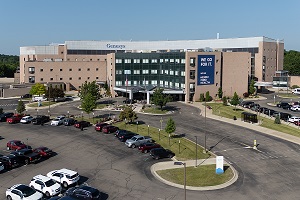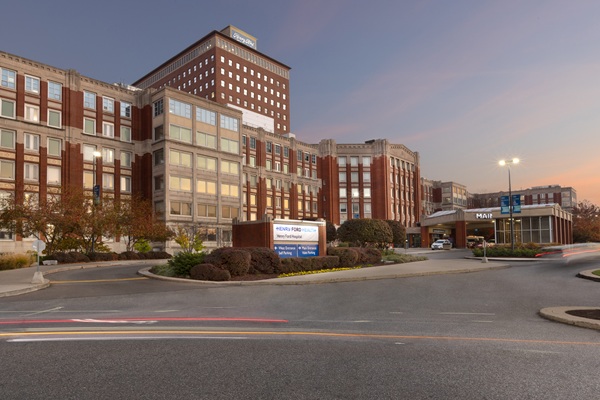Microsurgery for Fertility in "Sterile" Men
DETROIT – A microsurgical technique credited with revolutionizing treatment of men once thought to be infertile was recently performed Henry Ford Hospital in Detroit, a first for southeast Michigan.
The procedure – microdissection testicular sperm extraction, or micro-TESE – enables the surgical harvesting of one or more sperm cells from a patient whose semen contains no measurable sperm count, a condition known as non-obstructive azoospermia.
The sperm can then be used for a type of in vitro fertilization in which it is injected directly into a woman’s egg before it is transferred to her uterus.
“Until recently, it was assumed that men with non-obstructive azoospermia were untreatable,” says Ali Dabaja, M.D., director of reproductive medicine and sexual medicine at Henry Ford Health System. “Indeed, these patients were often referred to as being ‘sterile’ or having ‘testicular failure.’”
“The only way they and their female partners could have children was to use donor spermatozoa or to adopt.”
Although men with the condition have virtually no sperm in their ejaculate, advances in fertility medicine have shown that sperm cells may yet be found in their testicles, Dr. Dabaja explained.
This was discovered when researchers examined tissue taken as random samples during testicular biopsy.
“Even so, it was previously thought that sperm must travel through the male reproductive tract before acquiring the ability to normally fertilize an egg,” Dr. Dabaja says.
That view has changed after fertility experts successfully treated men with intracytoplasmic sperm injection (ICSI), in which a single sperm cell is injected through a tiny needle directly into the female egg for fertilization.
Further research showed the same techniques could be used to treat men with non-obstructive azoospermia, those whose semen carries little or no sperm cells for reasons other than blockage of the sperm ducts. The condition affects about 1 percent of the male population and 10 percent of men who seek fertility testing.
Micro-TESE, pioneered at the Cornell School of Medicine in New York and performed by Henry Ford urologists for the first time, is a refinement of the testicular biopsy required to obtain sperm cells from men with non-obstructive azoospermia.
“It requires the use of an operating microscope to assist in the biopsy by identifying which tubules in the testicle are producing sperm cells,” Dr. Dabaja says. “This allows us to remove tiny samples of testicular tissue with improved sperm yield.”
Besides enabling the harvest of more sperm cells per biopsy, Dr. Dabaja added, micro-TESE also minimizes the amount of testicular tissue that must be removed, makes it easier for an embryologist to find sperm because less tissue needs to be examined and minimizes the risk of damage to blood vessels or other parts of the testicle.
.svg?iar=0&hash=F6049510E33E4E6D8196C26CCC0A64A4)

/hfh-logo-main--white.svg?iar=0&hash=ED491CBFADFB7670FAE94559C98D7798)







